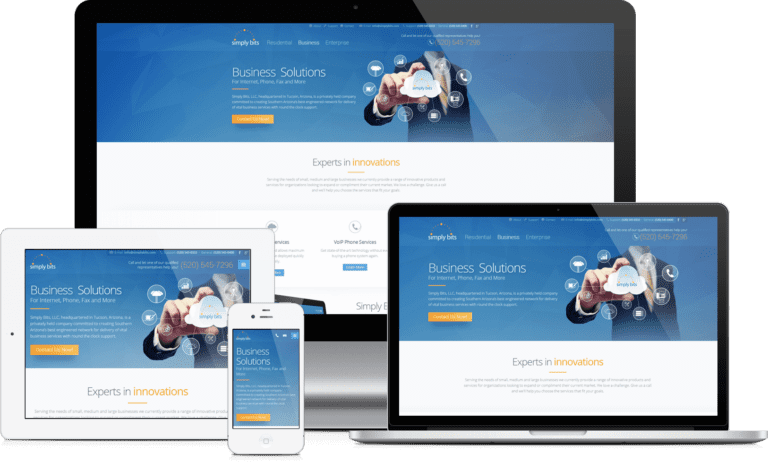Becoming an Integrated Marketing Agency: Why You Should Focus on Internal Structures
Marketing integration is one of the hottest topics in the online marketing industry today. In a world where your target market isn’t concentrated in a single channel anymore, it’s important that you choose the platforms you want to be visible in, maintain your visibility there, and create rich, integrated experiences for your audiences, regardless of what channel they are using.
Becoming an integrated marketing agency presents its own set of challenges, especially since technology is evolving at a faster pace than the industry can keep up with. Before you can start creating effective integrated experiences, you need to focus on improving your internal structures and processes. Focusing on your internal resources first will help develop the communication and collaboration required to create truly integrated user experiences.
Getting Started
Among the departments in your company, the two that will have the most difficulty are your marketing and technology departments, because these two departments work differently. It’s important to reconcile these two areas of your agency for you to move forward with the integration process. Some of the questions you need to ask include:
- How can your creative and tech teams improve each other’s work and collaborate in order to tie in your processes?
- How can you keep your business goals at the center of your operations while shifting your processes towards a more integrated approach?
- Which department will be responsible for the changes to be implemented?
- What key performance indicators will you use to measure the effect of integration on all departments involved?
Changing Internal Organizational Structures
Having all departments of your business collaborate with each other requires that you remove the traditional silos and move your internal organization structure around. In order to do this, you’ll need the following:
- People with deeper and wider skill sets. You’ll be needing “T-shaped” people on your team to develop and implement these changes. By “T-shaped” I mean people who have vast experience in a wide variety of fields, but also have extensive knowledge in one or preferably more specialized areas involving both marketing and tech sides of your business.
- Technology that facilitates information distribution. One of the biggest challenges of integrated marketing is the effective distribution of information and the interpretation of cascaded data into processes and user interfaces on your websites. Using platforms like Yammer, SharePoint and Microsoft Office 365 will help improve information dissemination and communications processes. Improving your employees’ understanding of their individual contribution to your integrated marketing efforts will help all members of your organization communicate your brand message more consistently to your target audience.
- Improved data analysis. The success of integrated marketing campaigns lies on the way you interpret the data you receive from different departments and from the tools you use to track your performance across different channels. Planning your integrated strategy around user behavior and statistics helps make it more effective by giving the people the user experience that motivates them to complete your conversion goals.
SharePoint is just one of the platforms you can use to facilitate marketing integration by improving communication lines and information dissemination throughout your organization.
These three major points are what makes integrated marketing agencies successful at providing improved user experience to their audiences. We’d be glad to help your agency get started with our SEO consulting services. Talk to us today and let’s plan your integrated marketing strategy together.









